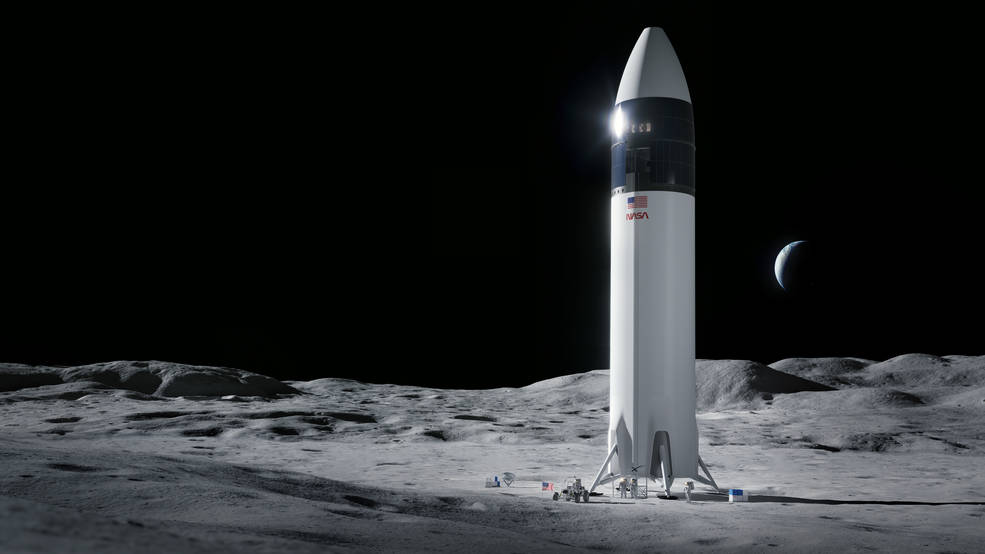
An internal NASA analysis has surfaced with concerning estimates as the agency advances toward a crewed lunar landing during the Artemis 3 mission, currently set for no earlier than September 2026. The analysis indicated a nearly one-in-three chance the lander, being developed by SpaceX, may be delayed by at least a year and a half.
This projection emerged from a confirmation review for the initial capability of the Human Landing System program, which supports the development of SpaceX’s Starship-based lunar lander intended for Artemis 3. The review, known as Key Decision Point C, or KDP-C, establishes cost and schedule commitments for NASA projects.
KDP-C was conducted in December 2023. It set a schedule baseline of February 2028 for the crewed lander at a 70% joint confidence level, which means there is a 70% chance Starship will be ready for a lunar landing by February 2028. This also suggests a 30% chance the spacecraft will not be ready until after February 2028.
According to the Government Accountability Office, the joint cost and schedule confidence level is an integrated analysis of a project’s cost, schedule, risk, and uncertainty, indicating its likelihood of meeting specific cost and schedule targets. The February 2028 baseline is nearly a year and a half later than NASA’s public schedule for Artemis 3 – September 2026.
Although the confirmation review was not widely publicized by NASA at the time, it was mentioned in the June 20 GAO report, which noted that the schedule assessment is independent of the readiness of other mission aspects, such as the Space Launch System rocket, Orion spacecraft, and new lunar spacesuits.
In a statement to SpaceNews, NASA confirmed the dates mentioned in the GAO report while also reiterating that Artemis 3 remains scheduled for September 2026. The agency described the report’s cost and schedule baseline figures as “accurate, risk-informed estimates at the 70% joint confidence level” and that the agency’s “use of a 70% to inform baseline estimates is a conservative approach that assumes broad risk realization.” NASA also expressed continued confidence in SpaceX as a provider to help achieve the Artemis 3 mission.
KDP-C also set a cost of $4.9 billion for the Human Landing System Initial Capability at the same 70% joint confidence level. This includes the $2.9 billion fixed-price contract to SpaceX, awards to SpaceX, Blue Origin, and Dynetics in the earlier project phase, and NASA project office costs.
Cathy Koerner, NASA’s associate administrator for Exploration Systems Development, reiterated the 2026 date for Artemis 3 at the June 7 National Academies’ Space Studies Board meeting, a day after the fourth integrated test flight of Starship and its Super Heavy booster. She cited the latest flight and other work, such as an integrated test of the elevator astronauts will use to descend to the surface from the lander’s cabin, as evidence of SpaceX’s progress. However, she acknowledged the program faces significant technical challenges.
The next major milestone is an in-space cryogenic propellant transfer test, planned for early 2025. The GAO report emphasized the importance of this test, with a standing review board recommending that SpaceX’s in-space propellant transfer tests inform the program’s critical design review, scheduled for 2025.
At the Space Studies Board meeting, Koerner addressed reports about NASA considering alternative plans, such as testing Starship and Orion in low Earth orbit, similar to the Apollo 9 mission. While she confirmed the agency is continually planning for contingencies through “next-worse failure” assessments, she clarified that no changes have been made to the current Artemis plan. Instead, NASA is ensuring due diligence by preparing numerous backup plans to address potential challenges.
FTC: We use income earning auto affiliate links. More.




Comments